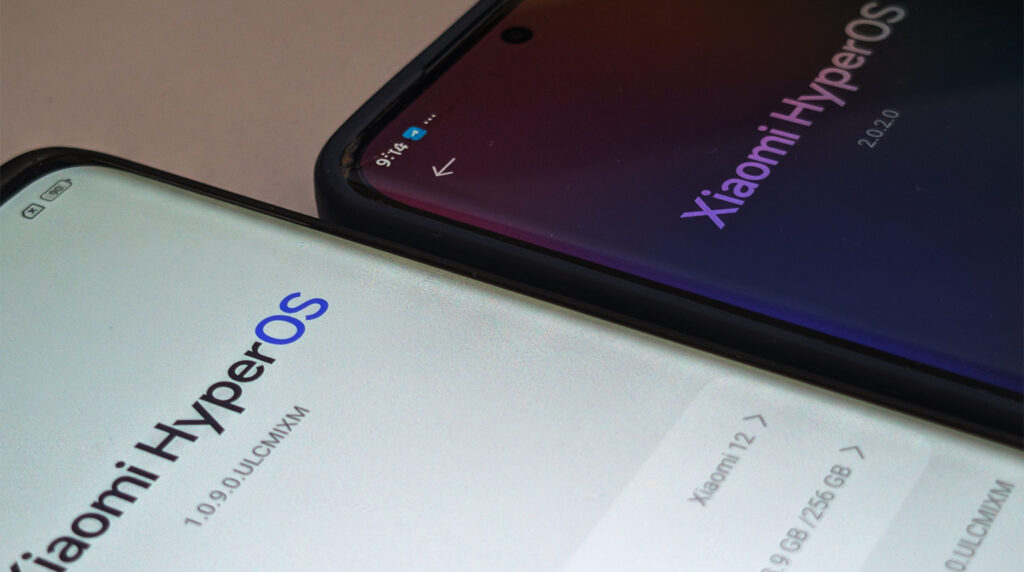Xiaomi has officially announced that seven mainstream devices will reach the end-of-life (EOL) in April 2025, indicating the end of software support for these erstwhile flagship and mid-tier phones that have been serving loyal users faithfully after they were first launched. This planned end of support falls in line with Xiaomi’s regular lifecycle management policy, where updates usually run for a finite time after the market release of a device. Although these devices will continue to run normally for the user’s they will not further receive critical security patches and upgrades to the operating system, and could suffer in the long run in terms of usability and security.
Devices Reaching End of Support
The EOL status impacts various gaming, mid-tier, and entry-level phones throughout Xiaomi’s varied lineup. The users of the below-listed models need to be aware of it:
- POCO F4 GT
- Redmi K50 Gaming
- Redmi 10A
- Redmi Note 11S
- Redmi Note 11 Pro+ 5G
- Xiaomi 11i
- Xiaomi 11i HyperCharge
Last Updated Status Prior to EOL
A number of the devices will get one final major update before they hit their final support milestone. The update varies from model to model, but gaming phones get preferential treatment.
The gaming-centric POCO F4 GT and Redmi K50 Gaming will end support with Android 14-based HyperOS 2 and get version numbers OS2.0.1.0.ULJEUXM and OS2.0.2.0.ULJCNXM respectively. This last major update provides the high-performance devices with the newest operating system features before the support ends.
For the entry-level and mid-level models, the software journey concludes at various points:
- Redmi 10A: To stay on MIUI 12.5
- Redmi Note 11S 5G: Comes with Android 13-based HyperOS 1
- Redmi Note 11 Pro+ 5G: The final version will be based on Android 13-based HyperOS 1
- Xiaomi 11i and 11i HyperCharge will no longer get support with Android 13-based HyperOS 1
What This Means For Users
When devices become EOL, they don’t become unusable overnight. Yet users should be aware of some significant factors from then on. A lack of security patches could expose devices to new threats over time, while the absence of OS updates results in missing out on Android or HyperOS updates and refinements.
Also, as developers of applications target newer Android versions, users will ultimately encounter compatibility issues with applications that need later Android APIs. This release presents such owners with the chance to consider new Xiaomi models with longer support commitments, including the just-announced Xiaomi Pad 7 with its six-year security update guarantee.


 Emir Bardakçı
Emir Bardakçı






Redmi note 14 Android 16 need
Exciting….
Redmi Note 11 Pro+ user here.
Sad to see that Xiaomi ended the support. It’d be great if Xiaomi gives support a bit longer than now.
I love the band I can’t complain about nothing I have the phone and a tablet and trust me they’re well made. I rate this band a 200%. I won’t use no other phones but Redmi is the best….
it’s more noble if xiomi can offer trade in for their old non supported devices to buy their new device.
Sad to hear my Redmi Note 11 pro 5g will end updates. 😭😭😭
when Xiaomi 11t pro hyperos2??..from November 2024 until now same hyperos1
good afternoon I just want to know what must I do now with my redmi 7 is there any replacement or price we can bring it back